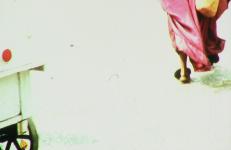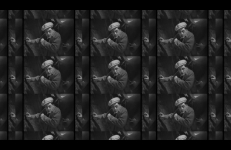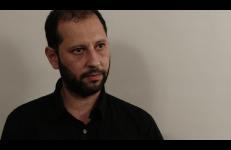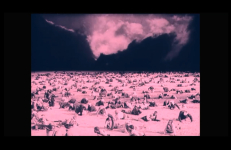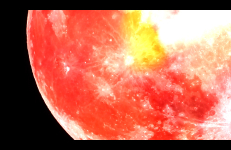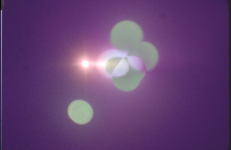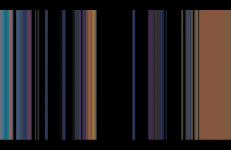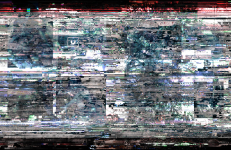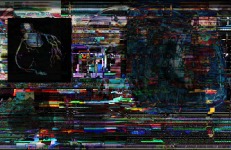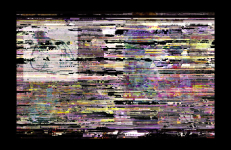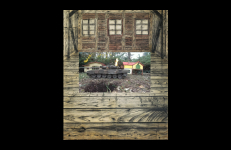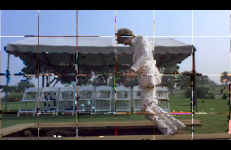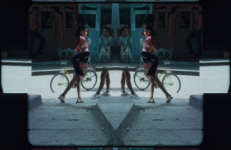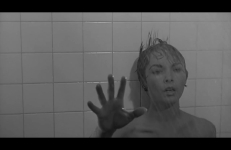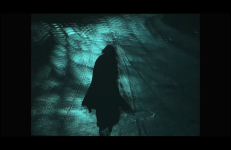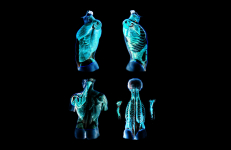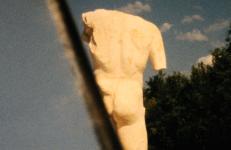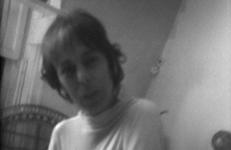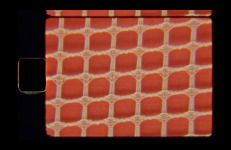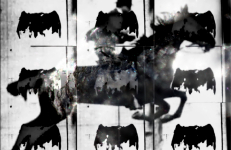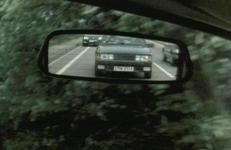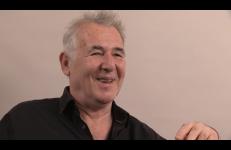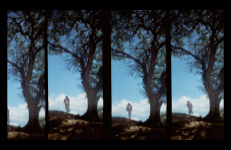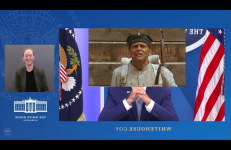8 stereoscopic slides taken to the jk-104 optical printer, shot frame by frame, by hand. This is the first hand processed color film I've made. The slides were found at a thrift store in Milwaukee, WI in 2009. They are of Cuba between 1948 and 1950 taken by an army officer while accompanied by his family. Their touristic gaze is reclaimed, by fragmenting their photographs into new possibilities of the frame, and reviving the bodies that may have perished by the revolution in 1952.
Experimental Film
In this interview with Melika Bass, a Chicago-based filmmaker and installation artist, Camilo Restrepo discusses how he became a filmmaker and how he chooses to document his native home of Colombia. After pursuing a degree in painting, Restrepo got a “regular job” but found himself pulled back towards creative pursuits. Equipped with a Super 8 camera, he set out to document his home honestly, and without an excess of materials.
Part of paraconsistent sequence series and the hauntology series.
This is the ritual consecration to the moon, on whose eroded surface the colorful blood of the fruits is poured, which is also our pulsating blood disseminated in the celestial body of the moon. Sparkling bleeding body that crosses the dark space of our present times. Part of the Lunar Films series.
Polished obsidian mirrors, tezcatl, were once used in ancient Mexico for divination, to traverse into the worlds of the gods and ancestors.
Through the obsidian mirror, the solar and lunar ritual used to be a celestial dance. In Ritual, suns and moons whirl around, glowing brighter as their paths cross.
We came into the world under the sign of Saturn, the star of the slowest revolution, the planet of detours and delays. Saturn pulls the word down into its vortex and turns the flow of events into rings, lines and particles. There we are all invisible. There we have no face. There we have no name. There our present seems suspended. There we are all limbo.
This is a gaze of the body and a notion of spectator that the 90´s decade constructed, this is the audiovisual legacy of the 90's for our actual audiovisual control world.
This is a gaze of the body and a notion of spectator that the 90´s decade constructed, this is the audiovisual legacy of the 90's for our actual audiovisual control world.
This is a gaze of the body and a notion of spectator that the 90´s decade constructed, this is the audiovisual legacy of the 90's for our actual audiovisual control world.
These are the western lands of the mind. The western tracks in the land. The western landscapes of our time. The wasted times of our lives. Our communal Selfie. So is the rest of the Capitalocene civilization.
These are the remnants of mass culture in the collective unconscious that spill into reality. Part of the Hauntology and Post-Covid series.
Sensemayá is a shamanic composition, an ecstatic dance, and ritualistic spell which distills and exudes the kinetic motion of the ancient snake that inhabits our present dislocated times. Shifting from the poetic to the unsettling and the foreboding, Sensemayá contorts and repeats its patterns, pulsating images that feel out of time, encompassing the past, the present and the future.
Part of paraconsistent sequence series and the hauntology series.
The ground holds accounts of once pagan, then christian and now muslim ruins of the city built for Aphrodite. As she takes revenge on Narcissus, mirrors reveal what is seen and surfaces, limbs dismantle and marble turns flesh.
Parry Teasdale, David Cort and Chuck Kennedy visit The Kitchen in New York looking for Shirley Clarke, and bump into Steina and Woody Vasulka who are overseeing a show in progress. A few doors down they find Shirley in her studio, dressed in white and full of energy.
A nostalgic glazier shows off his knowledge and expounds his theories. Taking glassmaking processes and history as its central theme, Slow Glass explores ideas about memory, perception and change.
John Smith, throughout his 40-year career, has approached the moving image from film, video and installations, generating a tremendous body of work that’s as diverse in its topics as it is in its methods. Weaving between early structuralist film and more personal, diaristic, documentary approaches to the places in which he lived, most notably London, his output is both broad and varied.
A call from the beginning, the ancestral water, the everlasting belly from where life cries out.




